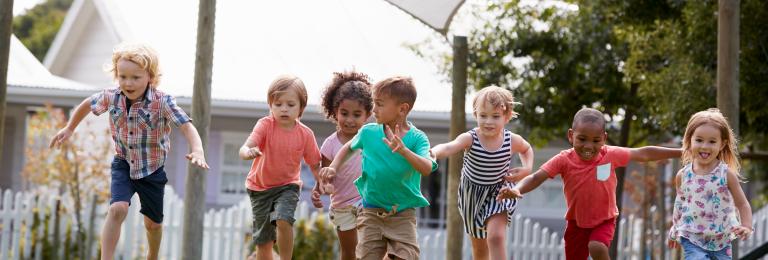Family Tips: Physical Activity Definitions
There are a number of different terms used when talking about physical activity and physical literacy.
Physical activity can be defined as any body movement performed by the muscles that use energy.
Active play taking part in play and games that uses the large muscles of the body. Young children engaging in active play breathe faster and deeper, start to sweat and get warm, can feel their heart beat faster and have redness in their cheeks.
Sedentary behaviour/time is the time spent inactive or not moving. This occurs when children are sitting for long periods of time and engaging in activities that are not physically active (such as watching TV, playing video games, sitting in a stroller or high chair, etc.).
Physical Literacy is having the movement vocabulary (fundamental movement skills) and motivation, confidence and competence to move for a lifetime.
Fundamental movement skills are basic movement skills. They can be categorized into balancing, locomotion or coordination skills.
- Balancing (or stabilizing) means to hold a position without falling (such as standing on one foot). This helps to develop body control.
- Locomotion (or locomotor) gets children from one place to another. Try moving in different ways like galloping, walking, running, skipping, crawling, marching, gliding, sliding, leaping, jumping or hopping. This helps preschoolers learn to understand where their body is in space, which develops body awareness.
- Coordination (or manipulative), also called hand-eye or foot-eye coordination, uses different ways of moving objects like hitting a balloon with a bat, kicking a ball, throwing a beanbag at an object or catching a scarf. This helps to develop body control and awareness.
Structured/facilitated play is physically active time when a child is following movement lead by an instructor or adult.
Unstructured/free play is physically active time when a child is moving their body in a self-guided way.
